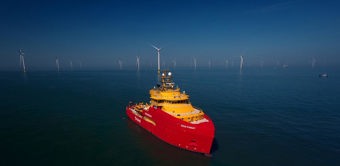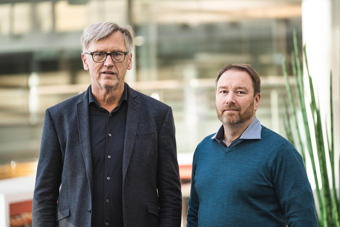“My father Sigmund inspired me, but so have so many other people involved in creating amazing ships, maintaining that approach to produce innovative designs that are always focused on safety, efficiency and operational capability.”
Senior Ship Designer Stig Ole started his career in 2000, after studying naval architecture at NTNU in Ålesund, and time on military service. During his studies he spent every vacation working in different departments at Ulstein shipyard, ranging from machinery installation to building steel hull modules and crawling tanks, and later doing engineering work. This was the perfect way to to get some hands-on production experience. Then, after graduation, he began working in the company as a discipline leader in structural design.
He says: “Initially I didn’t really have a clear plan to go into ship design, but focused on structural engineering and outfitting arrangements, getting involved in some of the basic and detailed engineering to get a deeper understanding of the ship-building process.”
Gradually, Stig Ole found his deepest passion was in the creative phase developing tailored ship designs, and since 2009 he has been working as Naval Architect/Ship Designer.
“I had an opportunity to join the company at a really transformational time. We were just starting out using 3D computer aided design, so we were putting this pioneering technology to good use, at a time when ships were starting to become more complex and global demand was high.
“Our company has long had a reputation for designing robust, reliable and very capable ships, and we have been pioneers when it comes to matching the demands of our offshore customers. It’s a hard-earned reputation and it’s something we strive to uphold as we continue to innovate today.”




